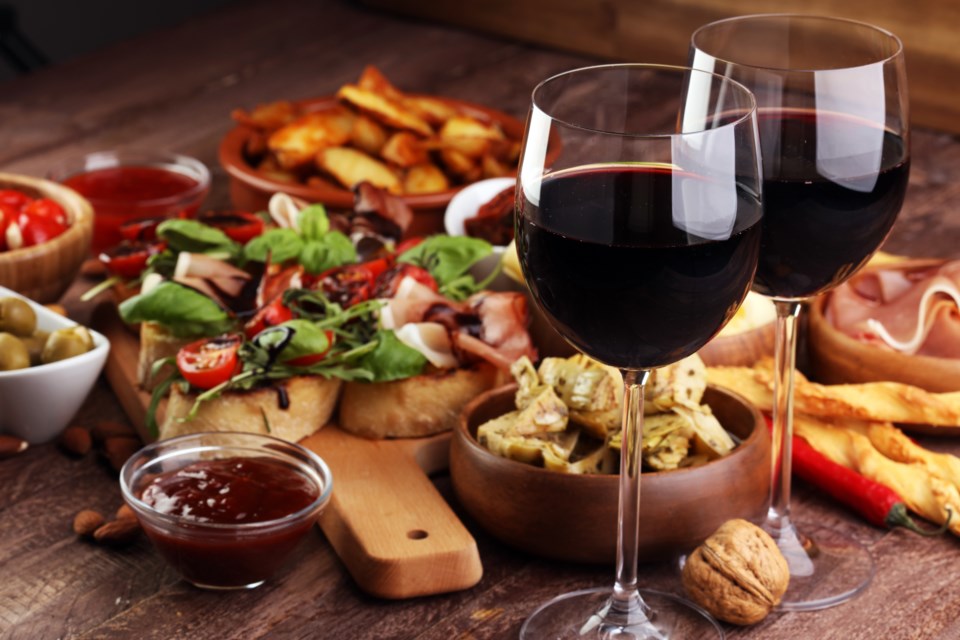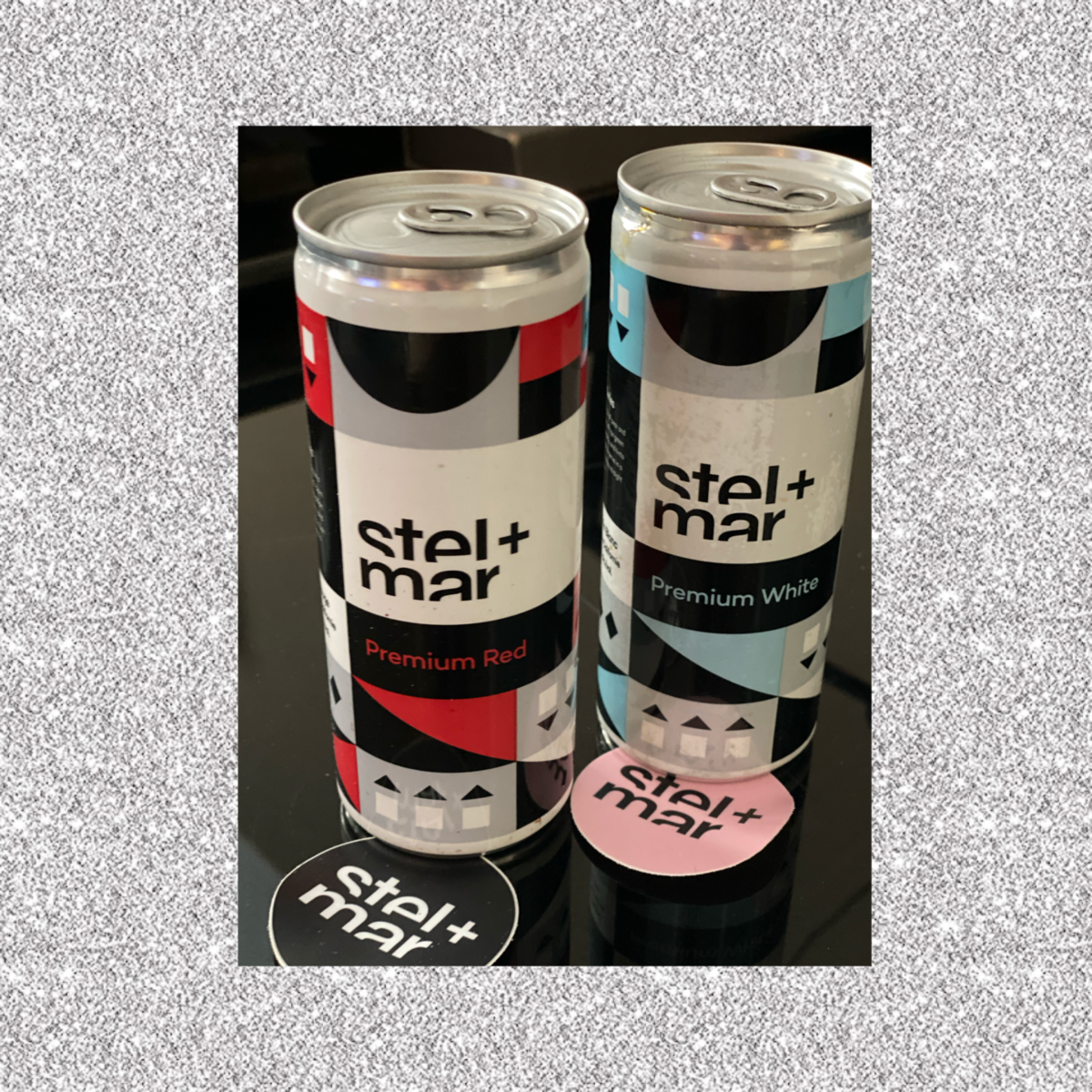This vintage marks the third year of certified organic wines from Sperling Vineyards. Sperling Vineyards is British Columbia’s oldest heritage vineyard, and home of Canada’s leading organic and biodynamic winegrower Ann Sperling.
Ann Sperling and her family are pioneers, first in the history of agriculture in the Kelowna region, and in both biodynamic and organic viticulture, and winemaking practice. The proof of their success is in the long lineup of awards. Taste for yourself! Their wines are known to be wines of elegance, texture & authenticity.
Sperling Vineyards Blueprint
Location: Kelowna, British Columbia, Canada
Established: Four generations: 1860s – land was cleared, settled and the farm was officially established in the1920s
First vintage: 2008
Winemaker: Ann Sperling
Viticultural Practices: Organic and Biodynamic
Estate: 45 acres
This anticipated release includes the following wines, with tasting notes.
Organic Market White 2018
Aromas of peach and orange with hints of honeysuckle;
soft on the palate with flavours of apple, apricot, grapefruit and pear; nice long and fresh finish
89 Points
Organic Pinot Gris 2018
This lovely estate-bottled PG has a nice weight; aromas of white fruits, on the mouth beach and honey, lingering with clean mineral flavours; refreshing acidity.
89 Points
Organic Natural Amber Pinot Gris 2018
Aromatically this orange wine has hints of earl gray tea, jasmine, and stone fruits; while the palate is fresh and long with texture and finishes fresh.
From the Vision series, this lovely orange wine is made from 40% whole cluster, 40% whole berry and 20% pressed juice from hand-picked Pinot Gris. Natural yeast and malolactic fermented, this wine has had nothing added and nothing taken away (no sulfites, or additives, and no fining or filtration). Being unfiltered it is slightly cloudy.
90 points
Organic Pinot Noir 2017
This light ruby wine has some notes of spicy strawberry on the nose;
I found it to be a medium-bodied wine that is dry with some strawberry flavours and fresh acidity; excellent length.
91 points
Organic Vision Chardonnay 2017
Beautiful bright gold; on the nose, aromas of fresh apples, pear, and quince; while tasting I found it had a good weight with flavours of baked fruit and some spic; well-balanced acid keeps it fresh with a long finish.
89 Points
Organic Old Vines Foch Reserve 2017
Deep ruby colour; with a nose of plum and hints of spice; I found the wine to be medium-bodied, dry, with plum and cherry flavours; fresh and lively in the mouth with a long finish.
91 Points
Sperling Vineyards is also offering FREE SHIPPING across Canada right now, with some other tempting promotions – Market Series wines: buy 5 get the 6th free or spend $75 and we’ll include a gift with purchase.
Check out their website for details https://sperlingvineyards.com/





